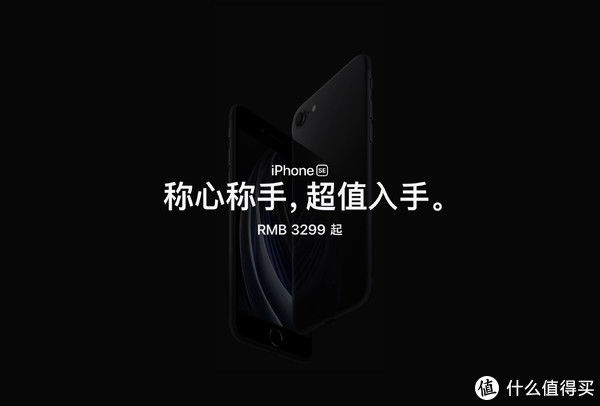本文概述
- 1.创建ExtensionMethods类
- 2.在RichTextBox上启用上下文菜单
1.创建ExtensionMethods类【如何在WinForms C#中的富文本框中实现复制,剪切和粘贴上下文菜单】只是在MSDN网站上指定的, 当需要在项目中的多个地方实现某些功能时, 最后要做的就是在整个项目中重写实用程序。相反, 根据需要, RichtTextBox类型已经存在, 因此我们可以编写扩展而无需创建新的派生类型。
下面的示例演示如何创建一个扩展方法类, 该类将包含应该从任何RichTextBox实例均可调用的帮助器EnableContextMenu方法。创建ExtensionMethods.cs文件并注册以下类:
using System.Windows.Forms;
// Important ! Create the ExtensionMethods class as a "public static" classpublic static class ExtensionMethods{public static void EnableContextMenu(this RichTextBox rtb){if (rtb.ContextMenuStrip == null){// Create a ContextMenuStrip without iconsContextMenuStrip cms = new ContextMenuStrip();
cms.ShowImageMargin = false;
// 1. Add the Undo optionToolStripMenuItem tsmiUndo = new ToolStripMenuItem("Undo");
tsmiUndo.Click += (sender, e) =>
rtb.Undo();
cms.Items.Add(tsmiUndo);
// 2. Add the Redo optionToolStripMenuItem tsmiRedo = new ToolStripMenuItem("Redo");
tsmiRedo.Click += (sender, e) =>
rtb.Redo();
cms.Items.Add(tsmiRedo);
// Add a Separatorcms.Items.Add(new ToolStripSeparator());
// 3. Add the Cut option (cuts the selected text inside the richtextbox)ToolStripMenuItem tsmiCut = new ToolStripMenuItem("Cut");
tsmiCut.Click += (sender, e) =>
rtb.Cut();
cms.Items.Add(tsmiCut);
// 4. Add the Copy option (copies the selected text inside the richtextbox)ToolStripMenuItem tsmiCopy = new ToolStripMenuItem("Copy");
tsmiCopy.Click += (sender, e) =>
rtb.Copy();
cms.Items.Add(tsmiCopy);
// 5. Add the Paste option (adds the text from the clipboard into the richtextbox)ToolStripMenuItem tsmiPaste = new ToolStripMenuItem("Paste");
tsmiPaste.Click += (sender, e) =>
rtb.Paste();
cms.Items.Add(tsmiPaste);
// 6. Add the Delete Option (remove the selected text in the richtextbox)ToolStripMenuItem tsmiDelete = new ToolStripMenuItem("Delete");
tsmiDelete.Click += (sender, e) =>
rtb.SelectedText = "";
cms.Items.Add(tsmiDelete);
// Add a Separatorcms.Items.Add(new ToolStripSeparator());
// 7. Add the Select All Option (selects all the text inside the richtextbox)ToolStripMenuItem tsmiSelectAll = new ToolStripMenuItem("Select All");
tsmiSelectAll.Click += (sender, e) =>
rtb.SelectAll();
cms.Items.Add(tsmiSelectAll);
// When opening the menu, check if the condition is fulfilled // in order to enable the actioncms.Opening += (sender, e) =>
{tsmiUndo.Enabled = !rtb.ReadOnly &
&
rtb.CanUndo;
tsmiRedo.Enabled = !rtb.ReadOnly &
&
rtb.CanRedo;
tsmiCut.Enabled = !rtb.ReadOnly &
&
rtb.SelectionLength >
0;
tsmiCopy.Enabled = rtb.SelectionLength >
0;
tsmiPaste.Enabled = !rtb.ReadOnly &
&
Clipboard.ContainsText();
tsmiDelete.Enabled = !rtb.ReadOnly &
&
rtb.SelectionLength >
0;
tsmiSelectAll.Enabled = rtb.TextLength >
0 &
&
rtb.SelectionLength <
rtb.TextLength;
};
rtb.ContextMenuStrip = cms;
}}} 所提到的方法会在RichTextBox内部的单击位置(右键单击)上动态创建ContextMenuStrip, 并根据其可用性提供一些选项。
2.在RichTextBox上启用上下文菜单如前所述, 你可能有多个富文本框, 它们需要相同的功能。先前创建的扩展允许专门从富文本框实例调用新方法:
richTextBox1.EnableContextMenu();
在某些情况下, 由于上下文(在你创建类的位置), 你可能需要将扩展??引入指令的作用域:
using ExtensionMethods;
因此, 例如在初始化非常简单的表单期间(在构造函数内部):
using System;
using System.Windows.Forms;
namespace Sandbox{public partial class Form1 : Form{public Form1(){InitializeComponent();
// Enable Context Menu !richTextBox1.EnableContextMenu();
}private void Form1_Load(object sender, EventArgs e){}}}就像文章的屏幕截图所示, 每次你右键单击富文本框时, 都会出现菜单, 并且每个选项都将启用(如果可用)。
编码愉快!
推荐阅读
- 使用免费的数据恢复软件恢复已删除的照片
- 通过使用网络安全保护自己免受网络犯罪的侵害
- 优化SQL查询的快速指南
- 如何在Symfony 4.3中实现自己的用户身份验证系统(第1部分(创建自定义用户类))
- 基础架构基础(网络监控)
- 科技领域4个增长最快的工作
- 3条技巧来增强你的应用的用户体验
- 终极版C语言(十五)-尹成-专题视频课程
- 终极版C语言(十四)-尹成-专题视频课程













